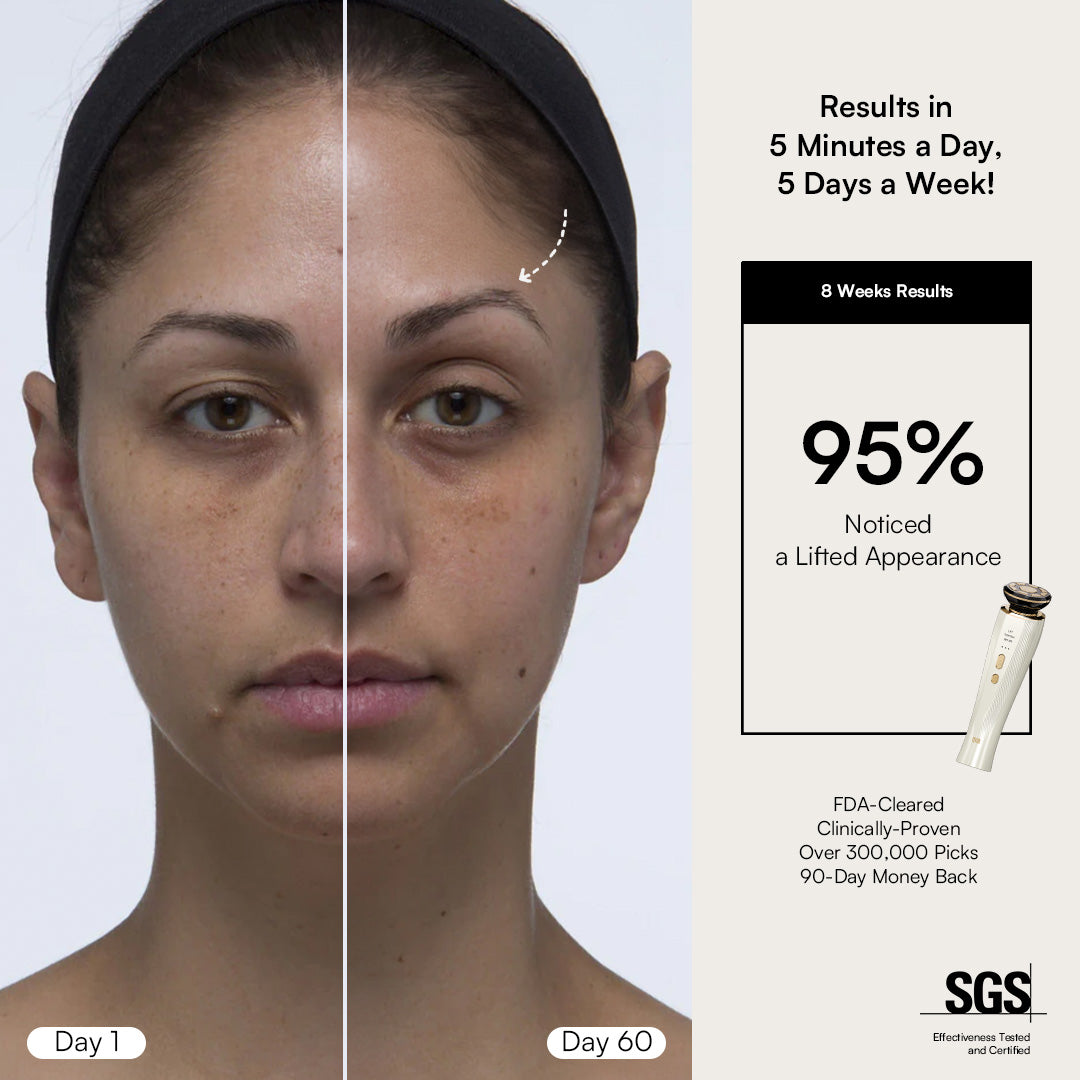Unlock the Secret to Youthful Skin: Discover the Best Face Lifting Devices!
In recent years, face lifting devices have become a staple in many skincare routines, promising to restore a youthful appearance without invasive procedures. These devices harness advanced technology to tighten skin, reduce wrinkles, and enhance overall facial contour. With the growing popularity of at-home skincare treatments, many individuals are turning to these innovative solutions to achieve the coveted youthful glow. In this article, we will explore various types of face lifting devices available in the market, helping you compare their features and benefits to find the perfect fit for your skincare needs.

Understanding Face Lifting Devices
Face lifting devices are tools designed to promote skin tightening and rejuvenation through various technological methods. They work by stimulating the underlying layers of skin, enhancing collagen production, and improving elasticity. The science behind these devices often involves mechanisms such as ultrasound waves, electrical currents, radio frequencies, and light therapy. For instance, ultrasound devices penetrate deep into the skin, promoting cellular regeneration while microcurrent devices use low-level electrical currents to stimulate facial muscles, resulting in a lifted appearance. Understanding how these devices function can help users make informed decisions when selecting the right option for their needs.
Types of Face Lifting Devices
There are several types of face lifting devices, each utilizing different technologies to achieve skin rejuvenation. Here’s an overview of the most common types:
- Ultrasound Devices: These devices use sound waves to penetrate the skin, stimulating collagen production and tightening the skin from within.
- Microcurrent Devices: By delivering low-level electrical currents to the facial muscles, these devices help tone and lift the face, offering immediate results.
- Radiofrequency Devices: Utilizing radiofrequency energy, these devices heat the deeper layers of skin, promoting collagen renewal and improving skin texture.
- LED Therapy Devices: These devices employ light therapy to address various skin concerns, with certain wavelengths promoting collagen production and reducing inflammation.
Benefits and Drawbacks of Each Device Type
Each type of face lifting device comes with its own set of benefits and drawbacks, making it essential to evaluate them carefully. Ultrasound devices are known for their deep penetration and long-lasting effects; however, they may require multiple sessions for optimal results. Microcurrent devices are praised for their immediate lifting effects and ease of use at home, but they might not be suitable for all skin types, particularly those with certain medical conditions. Radiofrequency devices are effective for skin tightening but can sometimes cause discomfort during treatment. Finally, LED therapy devices offer a non-invasive option with minimal downtime, yet the results can be subtle and may require consistent use for noticeable improvements. Understanding these factors can help you choose the device that aligns with your skin type and goals.
How to Choose the Right Face Lifting Device for You
When selecting a face lifting device, consider several important factors to ensure you make the right choice. First, assess your skin concerns: Are you looking to reduce wrinkles, improve firmness, or enhance overall skin tone? Next, think about your budget; while some devices are more affordable, investing in a higher-quality machine may yield better results in the long run. Additionally, consider the ease of use and whether you prefer an at-home treatment or are open to professional options. Finally, it's advisable to read reviews and, if possible, seek recommendations from friends who have used similar devices. Taking these factors into account will guide you toward the face lifting device that best meets your needs.
Choosing the Right Face Lifting Device for Your Needs
In conclusion, face lifting devices offer a promising solution for those seeking to achieve youthful, vibrant skin without resorting to surgical procedures. By understanding the different types of devices available, their benefits and drawbacks, and how to choose the right one for your individual needs, you can make an informed decision on your skincare journey. Remember, the right face lifting device can make a significant difference in your skin’s appearance, so take the time to explore your options and find the perfect match for your beauty regimen.








